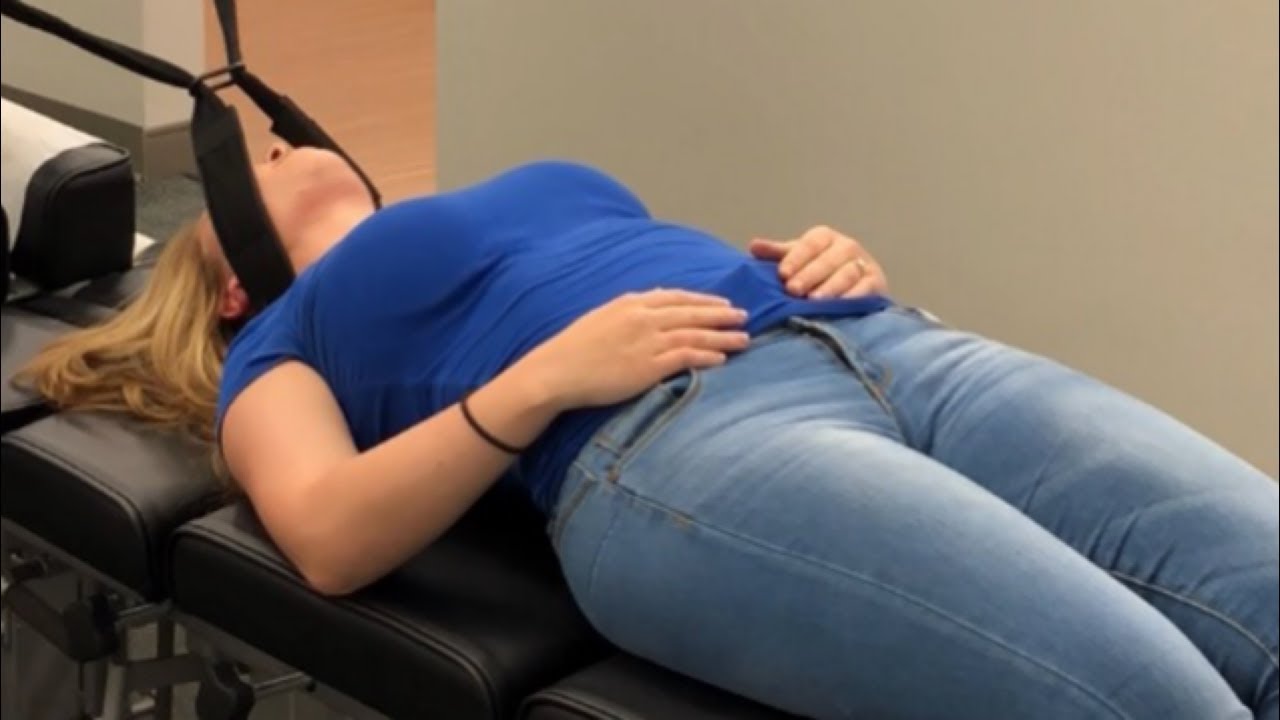Neck Pain
The Menopause | How Our Understanding Has Changed Through History
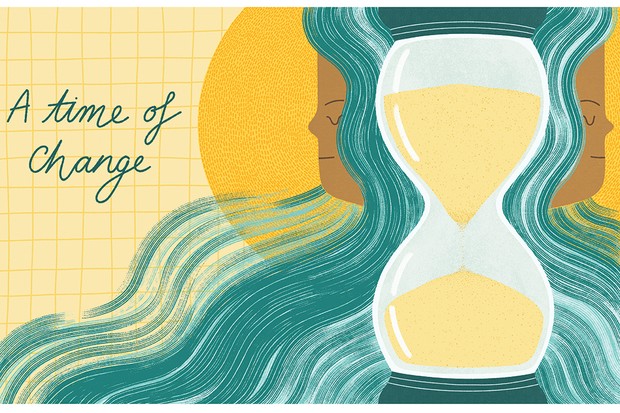
Around 1700, doctors began to write about a condition they called “the end of menstruation as the time for the beginning of various diseases”, “the cessation of menstruation, and the problems that it may cause”, and the “cessation of the periodical discharge, in the decline of life, and the disorders arising from that critical change of constitution.” In other words, they wrote about a syndrome of symptoms and problems affecting one gender – women – at a certain time of life.
Early medical writers on menopause associated a huge variety of symptoms and conditions with the newly named syndrome, some of them very severe
This was not the only syndrome of this kind recognised in professional medicine and popular culture. Many syndromes were staple features of the early modern European medical imagination, including ‘hysterical suffocation’ (called by several different names in this period), melancholia, nymphomania, and chlorosis or ‘green sickness’, a condition parallel to menopause in some ways, thought to affect adolescent girls.
Chlorosis appeared in the medical literature earlier than menopause, beginning in the 16th century. At that time, there was still virtually no mention of a syndrome associated with the end of menstruation in European culture, or in any culture that produced a written medical tradition.
Early medical writers on menopause associated a huge variety of symptoms and conditions with the newly named syndrome, some of them very severe. De Gardanne’s book lists several dozen “illnesses that are typically observed around the time of menopause,” including fevers, wasting, ulcerations of the skin, cancers, haemorrhoids, coughing up blood, hepatitis, strangury (slow and painful urination), epileptic seizures and many others.
Several physicians from the same era describe episodes of flushing and sweating that sound like what people in the modern world would call hot flushes (in the United States, more commonly called hot flashes).
A doctor assesses a woman’s urine in a 17th-century Dutch painting. At the time, numerous syndromes were believed to afflict women, including melancholia, choruses and ‘hysterical suffocation’ (Bridgeman)
The first popular advice literature on menopause, with such titles as Advice to Women of Forty Years, appeared in the mid-18th century. During the 19th century, as doctors made exciting discoveries about the nerves and began to locate the cause of many disorders in the nervous system and brain, behavioural symptoms become more prominent in writing about menopause. Edward Tilt, author of the first full-length book on menopause in English – The Change of Life in Health and Disease, best known in its second edition of 1857 – thought that menopause could cause alcoholism or mania, and could even make women murderously violent.
Tilt was among the first physicians to quantify the symptoms that he observed in his patients, the most common of which were flushes, haemorrhaging, “nervous irritability”, different kinds of pain, and something he called “pseudo-narcotism”, a sort of semi-vegetative cognitive state. In his view, menopause was a critical state of nervous irritation in which women’s health was vulnerable but, once through that period, women could look forward to many years of robust good health.
In the 18th and 19th centuries physicians blamed menopause on plethora (the retention of blood) or, later, on the nerves. In the early 20th century, the science of endocrinology came into being with the identification of hormones: chemical signals produced in the ovaries and other glands, carried to remote regions of the body through the blood. Scientists isolated oestrogen, the primary female sex hormone, in 1929; within a decade, the first oestrogen replacement drugs were available.
Menopause became redefined as a hormonal problem and, in the long run, as a permanent deficiency of oestrogen. No longer a critical but temporary period of symptoms and suffering, physicians now described it as a persistent, pathological state of hormonal deprivation and higher risk. Gone was the notion that, once through menopause, women might become healthy and rejuvenated. Ovarian oestrogen was assumed to be important to health at all stages of a woman’s adult life, and post-reproductive women didn’t produce enough of it – or so physicians believed. This idea of menopause as a deficiency of oestrogen remains influential in medicine to this day.
Hormone replacement therapy, it was claimed, would enable women to preserve their youth, vigour, mental acuity and sexual attractiveness
Pharmaceutical companies promised that their oestrogen-replacement products would miraculously cure the many symptoms and conditions that people had, by then, been associating with menopause for about 200 years. Some went further. In 1966, US physician Robert Wilson (whose research was mostly funded by the makers of Premarin, the best-selling oestrogen replacement therapy at the time), changed the conversation on menopause with the publication of his book Feminine Forever. He painted a lurid picture of the fate that awaited women past menopause, describing it as “a serious, painful, and often crippling disease”. Comparing the effects of oestrogen on post-menopausal women to those of insulin for people with diabetes, he promised that hormone replacement therapy would enable women to preserve their youth, vigour, mental acuity and sexual attractiveness.
Another mid-20th-century trend began to link menopause specifically to depression. From early in its history, the syndrome of menopause had included behavioural and psychological symptoms. Freudian psychoanalysis, meanwhile, linked menopause to grief, loss and mortification. Helene Deutsch, in her book The Psychology of Women published in 1944–45, was especially influential; she began her epilogue on ‘The Climacterium’ with the pronouncement that “with the cessation of this function [menstruation], she [woman] ends her service to the species”. The term ‘involutional melancholia’ (or ‘involutional psychosis’) had already been coined to describe a depressive disease thought to be associated with menopause.
Exporting understanding
As the idea of menopause became established in modern medicine, it was exported around the world. For example, when China’s Maoist government was modernising Chinese medicine (creating the system now known as Traditional Chinese Medicine), a chapter on menopause was added to the second edition of the official textbook on gynaecology in 1964. There is little evidence that Chinese medicine or culture included a concept of menopause as a medical problem before then.
The concept came to Japan somewhat earlier, around the turn of the 20th century, after that country had ended its self-imposed geopolitical isolation and opened its doors to western science. The term konenki was coined to signify menopause as it was described in western – especially, German – medical literature. The Chinese borrowed their word for menopause, gengnianqi, from the Japanese konenki.
Over time, the notion that menopause is a deficiency condition that can be cured with replacement oestrogen has not held up as well as physicians such as Wilson expected; oestrogen turned out not to be the wonder drug they promised. Efforts to treat ‘involutional melancholia’ with oestrogen proved ineffective. The disappointing results of The Women’s Health Initiative (WHI), a massive study designed to test the effects of prescribing hormonal supplementation to all women by default, have been well reported. This practice of prescribing hormones to prevent health problems was a logical consequence of the oestrogen-deficiency model of menopause; in 2002 alone, 90 million prescriptions for hormone therapy were written in the United States. But the WHI ended early that year, because the risks of treatment seemed to outweigh the benefits.
Today, many researchers continue to study physical, cognitive and behavioural symptoms thought to be associated with menopause, but without understanding the history of the ideas and assumptions on which their research is based. Furthermore, new research in the fields of anthropology and psychiatry might change some of those assumptions.
Early modern syndromes were not purely literary or imaginary. Real people suffered real problems; they wrote about them in letters and diaries, and doctors described them in case histories. But culture played a big role in shaping their experiences. Today, transcultural psychiatrists study what are sometimes called ‘cultural syndromes’ or ‘distress syndromes’, and have proposed intriguing and convincing models of how they work.
Menopause the syndrome – the collection of symptoms – has a lot in common with distress syndromes worldwide. Symptoms of distress syndromes are of a kind that overlap with the physiological effects of anxiety or fear – the ‘fight–flight’ response that is also called sympathetic nervous system arousal. This is a broad cluster of phenomena including heating and flushing sensations, heart palpitations, chilling of the extremities, pain, sleep problems, loss of appetite, gastric problems, shakiness, muscle tension, attention and memory problems, loss of appetite and shortness of breath. Most symptoms attributed to menopause on, for example, checklists used by medical researchers, fall into this category.
Dealing with distress
Distress syndromes are also tied to culture-specific (ethnophysiological) ideas of what conditions exist, what their symptoms are, and what causes them. For each cultural syndrome, the symptoms thought most characteristic and important in the ethnophysiological model tend to be amplified by attention and anxiety about them, so that the syndrome takes a very specific shape.
For example, the Cambodian syndrome kyol goeu is believed to be caused by a blockage of the flow of the body’s essential wind, often in the neck, and neck pain is an important sign of the illness and a trigger for an attack. Distress syndromes such as kyol goeu are often characterised by brief, episodic attacks resembling seizures or cardiac events – similar to western psychiatry’s Panic Attack – with acute and rapidly escalating symptoms of sympathetic nervous system arousal (palpitations, shortness of breath, sweating or chills, and so forth).
- Read more: Elizabeth Blackwell, the pioneering ‘first female doctor’ who entered medicine to prove a point
Another striking case of a cultural syndrome is the ancient Greek concept of ‘hysterical suffocation’ – a concept attested as early as the third century BC and that seems to have remained vital for at least 1,000 years, when medical encyclopaedists continued to preserve and update the tradition on this condition. The idea that a woman’s uterus (hystera, in Greek) could move around the body and cause problems is attested in Greek medical writing and in popular culture – for example, on amulets urging the uterus to stay put – throughout that period.
Women who experienced choking sensations might well believe they were in danger of choking to death on their own wombs, and a well-attested tradition describes the kind of attack that might follow – in this case, a dead faint, chilling of the extremities, deafness, inability to talk, and other symptoms. Early or chronic signs of hysterical suffocation might include muscle tension, headache, fatigue and dizziness.

Medical treatment, shown in a Khmer painting. Local anxieties about characteristic symptoms tend to shape cultural syndromes such as ‘kyol goeu’ in Cambodia, historically believed to be caused by a blockage of the flow of the body’s essential wind (Wellcome Collection)
Because both the chronic and the acute symptoms of hysterical suffocation were of the kind exacerbated by sympathetic nervous system arousal – and a sensation of choking is a common cross-cultural symptom of intense anxiety – it seems likely that the tradition reports on a real phenomenon similar to modern kyol goeu and other cultural syndromes, and similar, in some ways, to menopause.
Western medicine acknowledges a condition called menopause, with symptoms including insomnia, ‘irritability’, memory problems and different kinds of pain, caused by a fluctuating or deficient supply of oestrogen. Because we’ve heard that menopause might cause such sensations, we are more likely to notice them and, consciously or unconsciously, to link them to the cultural construct ‘menopause’. Because these kinds of symptoms are easily amplified by anxious arousal, they will tend to become more frequent and more distressing, creating a syndrome of distinct character. The hot flushes typical of the western concept of menopause bear striking similarities to the episodic fits, spells or seizures typical of other cultural syndromes; hot flushes as described in modern medical literature share many symptoms in common with Panic Attack, and many people suffering a western hot flush would meet criteria for that condition.
Distress syndromes are not ‘all in the head’; they can cause severe physical suffering, both acute and chronic, and they can be pervasive. But culture is an important input into how these syndromes are experienced. There’s a case to be made that in ignoring the cultural context of menopausal syndrome, we fail to understand it, and therefore to address it effectively.
Susan P Mattern is distinguished research professor in the Department of History at the University of Georgia. Her latest book is The Slow Moon Climbs: The Science, History, and Meaning of Menopause (Princeton, 2019)
This content first appeared in issue 21 of BBC World Histories magazine
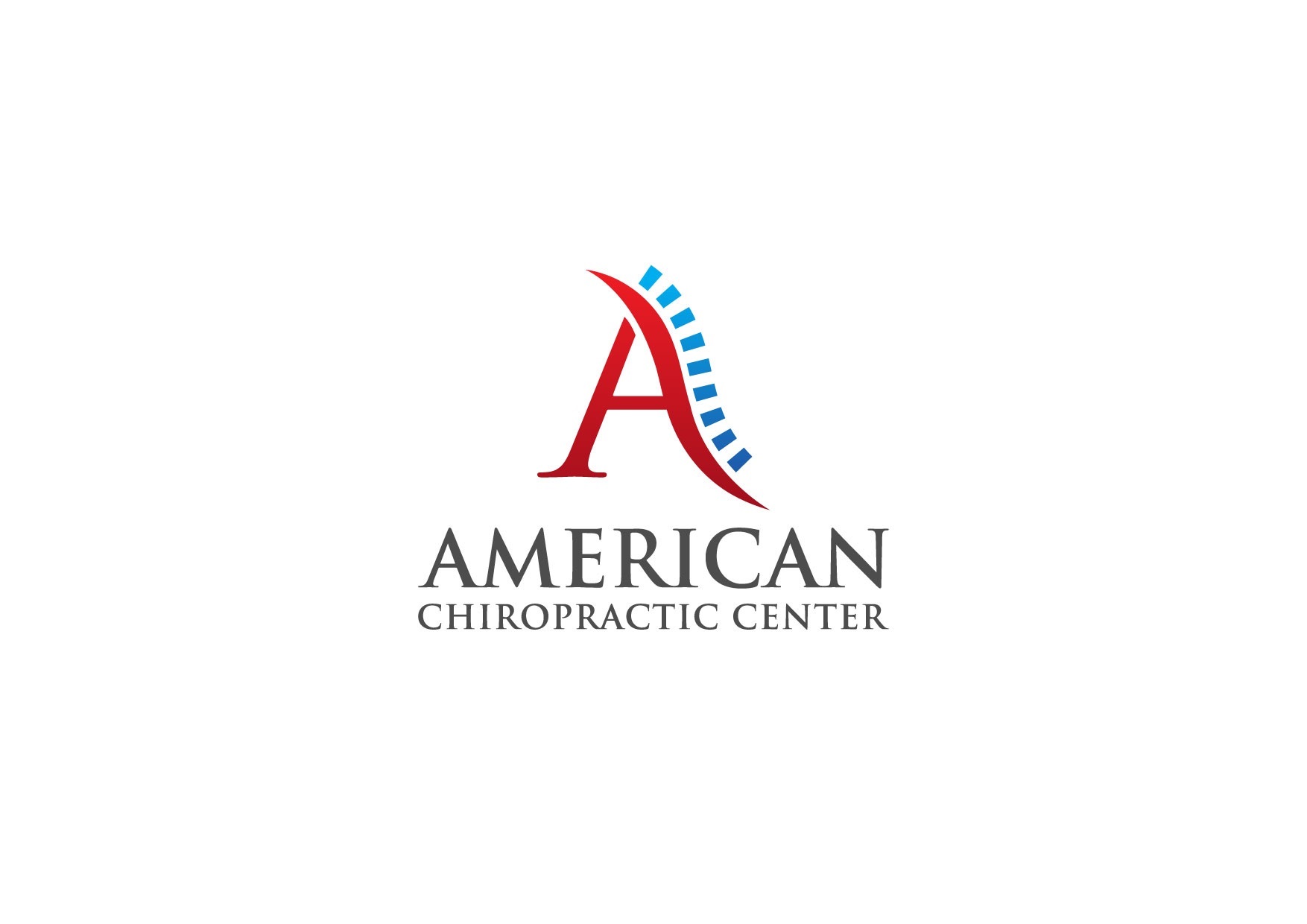
We understand how important it is to choose a chiropractor that is right for you. It is our belief that educating our patients is a very important part of the success we see in our offices.
Neck Pain
Re: Chronic Pain: Management focuses on the individual, not the pain.
Dear Editor
Chronic pain management focuses on the individual, not the pain.
I am very pleased with the review by Kang and colleagues [1]. I write as a spinal pain specialist whose patients had an average episode duration of pain pain of 2.5 years [2] for low back pain and 1.3 years for neck pain [3]. These studies confirm that Kang et. al. noted the significant extent of spinal and extraspinal pain, sleep disturbance, and psychological distress. I also recognize the ‘heartsinks’ who have seen many consultants for a variety of complaints, and those with hypersensitivity. I do accept that some patients need further investigations, but it can be done in a way that does not cause further anxiety. To ensure that intensive rehabilitation is not contraindicated. By showing a genuine interest in the family, job and interests of the individual, you can begin to build confidence and hope for the clinical path being recommended.
The review ignores trauma’s effects on some people, causing their pain to begin, and for others, a major factor. Thirteen percent of patients with neck pain who presented to my clinics had a traumatic origin with a missed break and significant psychological comorbidity. Subsequently, it became clear that post-traumatic distress (PTPD), [a term used because post-traumatic stress may require specialist knowledge for diagnosis] can be present in rheumatological practices [4] and with the increasing influx of refugees in the UK [5], more patients are being diagnosed with PTPD. This can have major effects on families [5]. PTPD is commonly seen in medicolegal situations where accidents have caused major destruction to the lives of individuals and their families, including divorce [6]; and is often associated mood disturbances [6].
Kang et. al. correctly mention that sleep disorders are important in the management chronic pain [1], however, two important aspects of a’sleep story’ must be identified. It is important to ask the individual what they are thinking about when they lie awake in bed at night. This may provide clues as to social or family stress. Second, you should ask about their nightmares and dreams, especially if they are unpleasant. These often involve reliving trauma or accidents. When asked about nightmares, people who deny any unpleasant memories during direct questioning may reveal clues. The presence of PTPD can be important because it opens up therapeutic opportunities with psychological support and medications.
My experience in rehabilitation medicine over the years has taught me that to fully assist our disadvantaged clients, social issues must be resolved before psychological issues, and psychological issues must be resolved before physical issues!
References
1. Kang Y et. al., Chronic Pain: Definitions and Diagnosis. BMJ (Clinical Research ed. ), 2023. 381: p. e076036.
2. Frank A. et al. A cross-sectional study of the clinical and psychosocial features of low back injury and the resulting work handicap: Use of the Quebec Task Force Classification. Int J Clin Pract, 2000; 54(10) p. 639-644.
3. Frank A, De Souza L and Frank C. Neck Pain and Disability: A Cross-sectional Survey of the Demographic and Clinical Characteristics of Neck Pain Seen in a Rheumatology Clinic. Int J Clin Pract 2005; 59(doi: 10.1111/j.1742-1241.2004.00237.x): p. 173-182.
4. McCarthy J. and Frank A. Posttraumatic psychological distress can present in rheumatology. BMJ 2002. 325(27 July): p. 221-221.
5. Frank A. Refugee status: a yellow-flag in managing back pain. BMJ 2007;334(13 Jan): p.58-58.
6. Frank A. Psychiatric effects of road traffic accidents: often disabling, and not recognised (letter). BMJ 1993, 307(13th Nov): p.1283.

We understand how important it is to choose a chiropractor that is right for you. It is our belief that educating our patients is a very important part of the success we see in our offices.
Neck Pain
Landmark Trial: Opioids No Better Than Placebo for Back Pain
The first randomized controlled study testing the efficacy of a short course opioids for acute nonspecific neck/low back pain suggests that opioids do not relieve acute neck or low back pain in the short-term and can lead to worse outcomes over the long-term.
After 6 weeks there was no significant difference between the pain scores of patients taking opioids and those who took a placebo. After one year, the pain scores of patients who received placebos were slightly lower. After 1 year, opioid users were also at a higher risk of opioid abuse.
Senior author Christine Lin, Ph.D., from the University of Sydney told Medscape Medical News that this is a “landmark trial” with “practice changing” results.
Lin explained that “we did not have any good evidence before this trial on whether opioids are effective for acute neck or low back pain, but opioids are one of the most commonly prescribed medicines for these conditions.”
Lin stated that based on these results “opioids shouldn’t be recommended at any time for acute neck and low back pain,”
The results of the OPAL study have been published online in The Lancet on June 28.
Rigorous Test
The trial was conducted at 157 primary care and emergency departments in Australia, with 347 adults who experienced low back pain or neck pain for 12 weeks or less.
They were randomly allocated (1:1) to receive guideline-recommended care (reassurance and advice to stay active) plus an opioid (oxycodone up to 20 mg daily) or identical placebo for up to 6 weeks. Naloxone is given to prevent opioid-induced constipation, and to improve blinding.
The primary outcome was the pain severity at six weeks, as measured by the pain severity subscale (10-point scale) of the Brief Pain Inventory.
After 6 weeks of opioid therapy, there was no difference between placebo and opioid therapy in terms of pain relief or functional improvement.
The mean pain score was 2.78 for the opioid group at 6 weeks, compared to 2.25 for the placebo group. (Adjusted median difference, 0.53, 95% CI -0.00 – 1.07, P=.051). At 1 year, the mean pain scores of the placebo group were lower than those of the opioid group (1.8 and 2.4).
The risk of opioid misuse was doubled at 1 year for patients randomly assigned to receive opioid therapy during 6 weeks as compared to those randomly assigned to receive placebo during 6 weeks.
At 1 year, the Current Opioid Use Measure (COMM), a scale that measures current drug-related behavior, indicated that 24 (20%) patients from 123 patients who received opioids, were at risk for misuse. This was compared to 13 (10%) patients from 128 patients in a placebo group ( p =.049). The COMM is a widely-used measure of current aberrant drug related behavior among chronic pain patients who are prescribed opioid therapy.
Results Raise “Serious Questions”
Lin told Medscape Medical News that “I think the findings of the research will need to be distributed to doctors and patients so they receive the latest evidence on opioids.”
“We must reassure doctors and their patients that the majority of people with acute neck and low back pain recover well over time (normally within 6 weeks). Therefore, management is simple – stay active, avoid bed rest and, if needed, use a heat pack to relieve short term pain. Consider anti-inflammatory drugs if drugs are needed,” Lin added.
The authors of the linked comment state that the OPAL trial raises serious questions regarding the use of opioids for acute neck and low back pain.
Mark Sullivan, MD PhD, and Jane Ballantyne MD, from the University of Washington in Seattle, note that clinical guidelines recommend opioids to patients with acute neck and back pain when other drugs fail or are contraindicated.
As many as two thirds of patients may receive an opioid for back or neck pain. Sullivan and Ballantyne say that it is time to reexamine these guidelines.
The National Health and Medical Research Council (NHMRC), the University of Sydney Faculty of Medicine and Health (University of Sydney Faculty of Medicine and Health) and SafeWork SA funded the OPAL study. The authors of the study have not disclosed any relevant financial relationships. Sullivan and Ballantyne have served as board members of Physicians for Responsible Opioid Prescribing (unpaid), and paid consultants for opioid litigation.
Lancet. Online published June 28, 2023. Abstract
Join us on Facebook or Twitter for more Medscape Neurology News.

We understand how important it is to choose a chiropractor that is right for you. It is our belief that educating our patients is a very important part of the success we see in our offices.
Neck Pain
‘I tried acupuncture for back and neck pain even though I’m afraid of needles–and it’s literally the only thing that’s ever worked’

We understand how important it is to choose a chiropractor that is right for you. It is our belief that educating our patients is a very important part of the success we see in our offices.
-

 Sciatica3 years ago
Sciatica3 years agoSciatica exercises pictures – Best Exercises For Sciatica Pain Relief
-
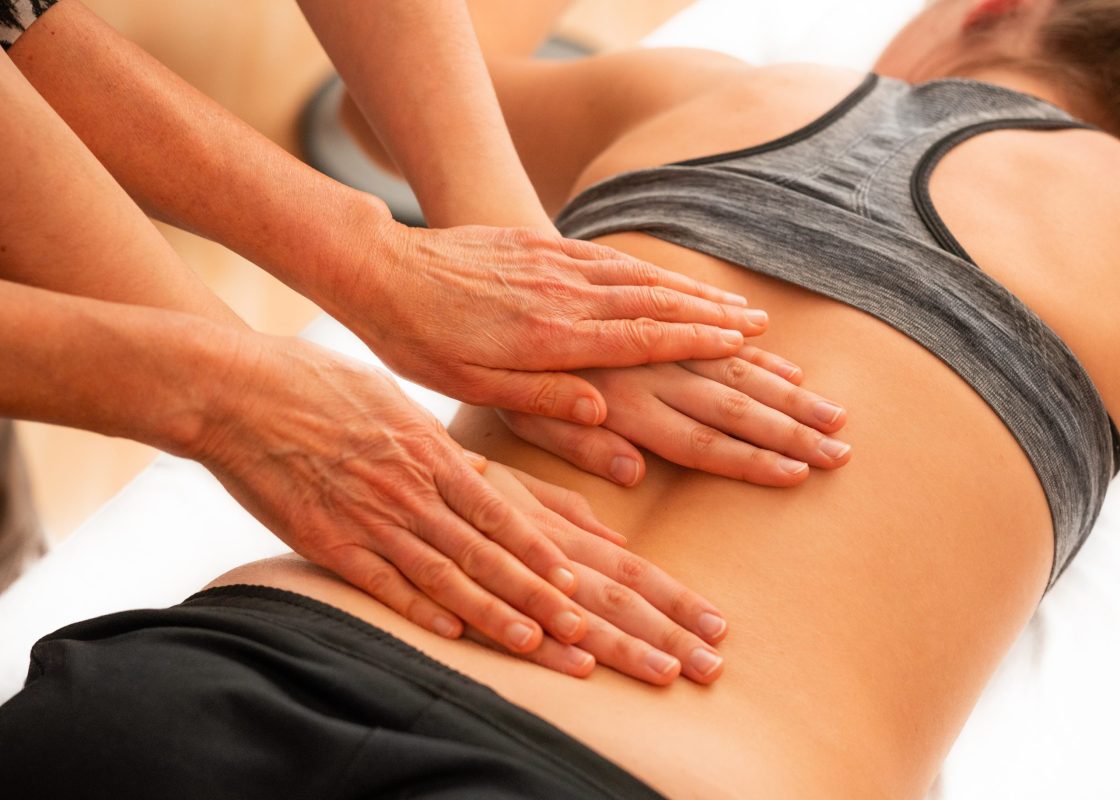
 Sciatica4 years ago
Sciatica4 years ago10 Piriformis Stretches to Alleviate Sciatica, Hip, and Lower Back Pain
-
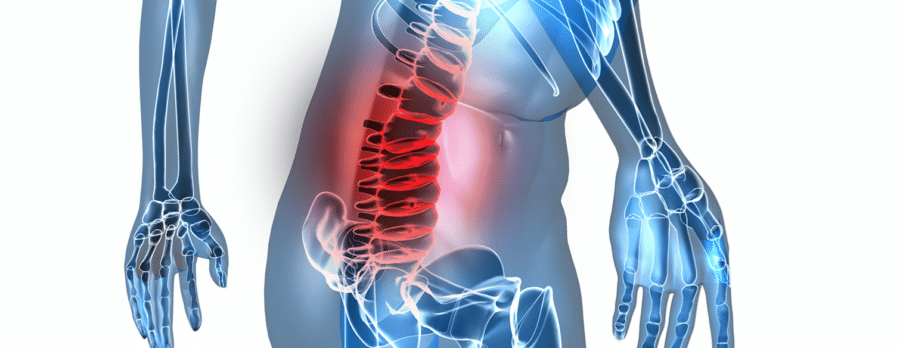
 Sciatica4 years ago
Sciatica4 years agoCan your sciatic nerve cause abdominal pain
-
Chiropractor Near Me9 years ago
The best ways to Find the very best Chiropractor Near Me?
-

 Sciatica3 years ago
Sciatica3 years ago5 Best Cream for Sciatica Pain
-
Chiropractor Near Me9 years ago
Looking for a Chiropractor In My Area?
-

 Sciatica4 years ago
Sciatica4 years agoHow to Sleep with Lower Back Pain and Sciatica Nerve Pain Relief At Night
-

 Sciatica4 years ago
Sciatica4 years agoAcupressure points for sciatica












